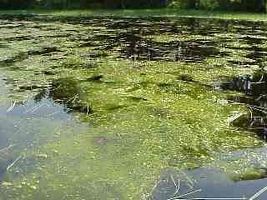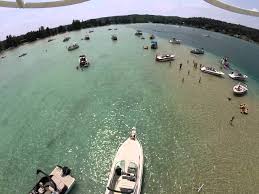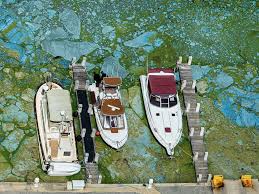Searching through articles post-Hurricane Matthew has yielded a host of concerns for the entire Eastern USA Seaboard – the area that was pummeled by the storm last week. Since much of what we have discussed regarding Harmful Algae Blooms (HABs) has focused on Southeast FL in general, and Lake Okeechobee (Lake O) in particular, let’s keep the conversation there for today.
And it is a messy matter, indeed.
Evergladeshub.com is a superb resource for all things Lake O and, truly, the issues facing Southeast Florida. As always, at the very foundation of HABs rests an overabundance of phosphorus.

The question of what can be done is moot. That solution is multifaceted, time consuming and, most troublesome, costly. It involves several approaches, including better land management and sophisticated technology.
What will be done is this: to keep Lake O from flooding surrounding areas – which is always a distinct possibility, whenever the lake rises to 15 feet or so — nearly 2 billion gallons of water per day will be drained. With no set timetable for ending. It depends on how much rain continues to fall. And how dry the upcoming dry season of October, November and December really is.
All that said, for perspective, an area as large as roughly 1800 football fields, with 10′ deep water, would hold close to 2 billion gallons.
HABs in Southeast Florida will again make their presence known in 2017. And excessive phosphorus is the reason.



